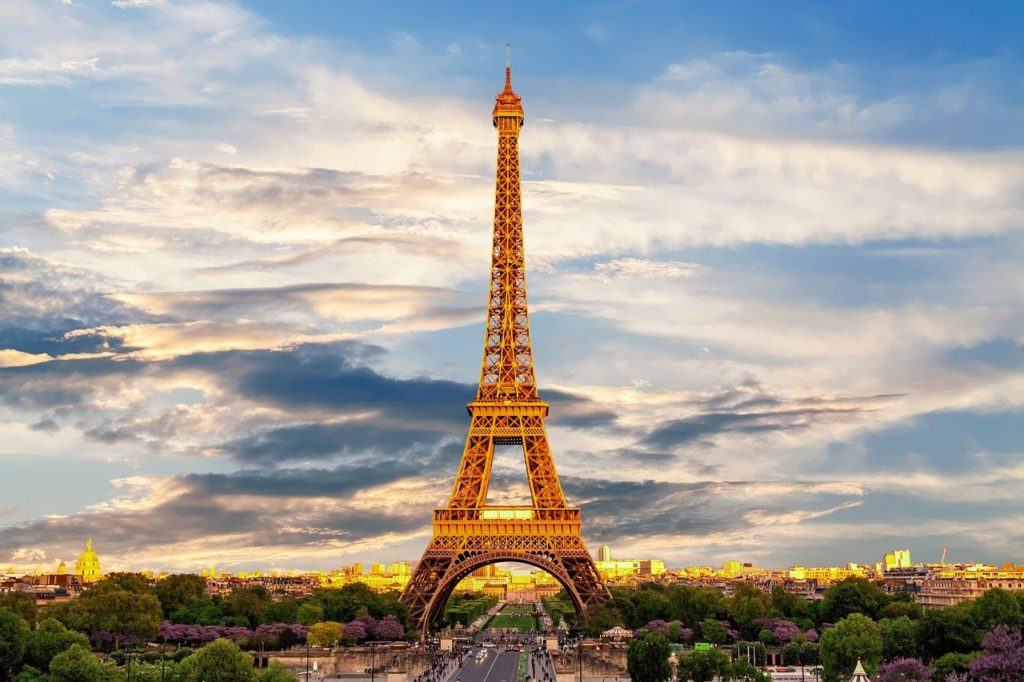There is an allure to France that stays with all visitors. There is something for everyone in all six corners of the l’Hexagone pyramid. France was so popular that it became cool not to love Paris, where the story begins.
As you go on, say hello to Alsace’s peaceful scenery, the Loire Valley’s castles, and the French Riviera’s luxury. Now, take a deep breath. While skiing in the French Alps.
It might be too much to handle all at once, but each time you go, you’ll find something new. That could be a new period in history, like the Middle Ages, the Renaissance, or old Greek ports.
It could be going to Cote d’Azur and Saint Tropez for fun. Instead, you might go to the mountains for a different kind of excitement. When you go to France, you can always find new and interesting places to see. Some things aren’t possible to have. You might be able to in France, though.
1. Corsica
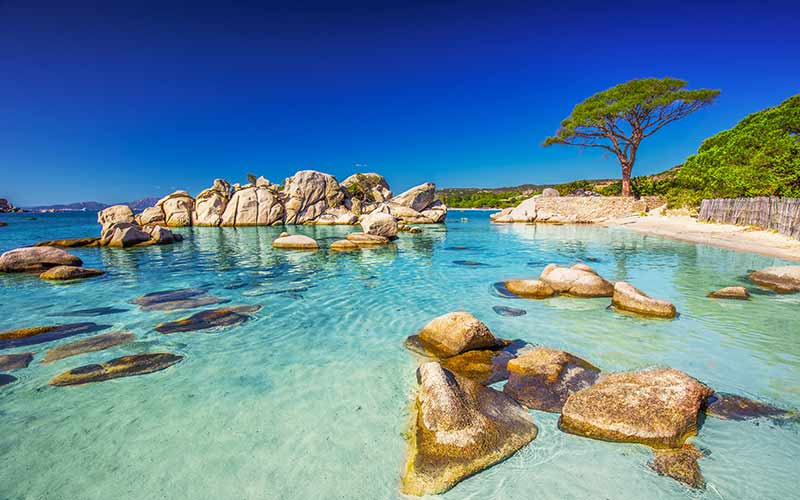
The island of Corsica is in the Mediterranean Sea in France. With its sparkling green water, Corsica is a mix of French and Italian styles.
Corsica is known as the “Island of Beauty” because it has coastal towns surrounded by peaceful woods and majestic granite mountains. Also, it’s not a small or delicate country. It’s possible to get away from it all along the more than 1,000 kilometers of shoreline.
The water along these shores is turquoise and has beautiful underwater worlds. There are always chances to swim or even scuba dive. In Bastia, where you can spend days swimming, the sunsets are truly stunning. The town also has a wide range of restaurants and bars.
You can change things up the next day by hiking through snow-covered woods and mountains.
2. Normandy
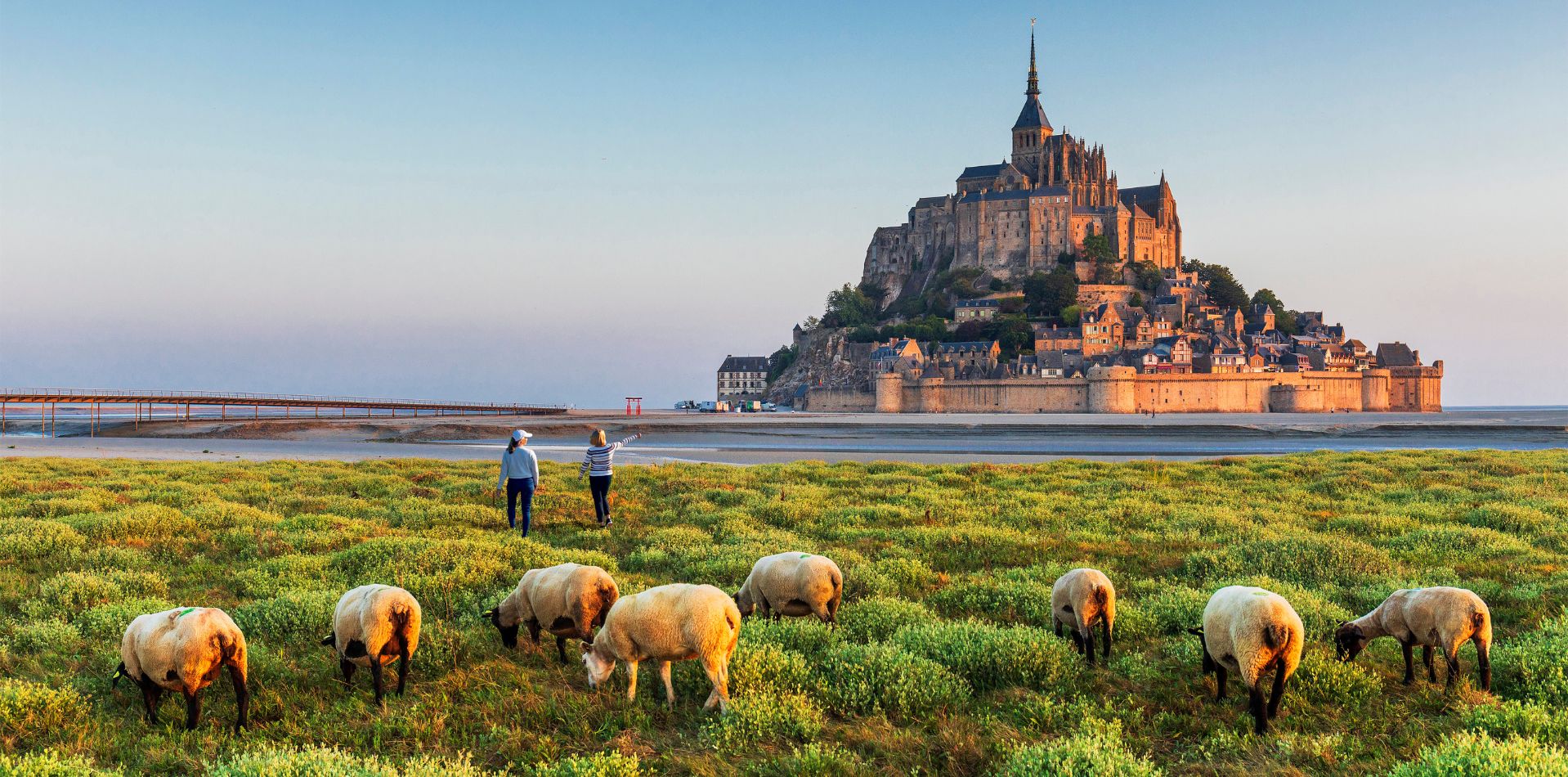
Normandy is the name of the region on the northwest coast of France that is linked to modern history. Because of D-Day, the long beaches on the coast are well known. The rough coast has a lot of WWII history, but that’s just the start.
Beyond the vast shores is a place with a long literary past. There’s the peaceful farmland, which is home to not one but four protected cheese origins. The most beautiful is Mont St. Michel, which sits off the coast like an iceberg and is hard to look away from.
A cheese tour of Normandy is a must for cheese lovers. You’ll get to Camembert, Livarot, Pont l’Eveque, and Neufchatel this way. Beyond their tasty treats are quaint places that make you feel like you’re there.
If you’re looking for interesting places, don’t miss Honfleur or Barneville-Carteret, where you can shuck your oysters. This river has a lot of half-timbered houses and is where the Seine ends.
3. Lyon
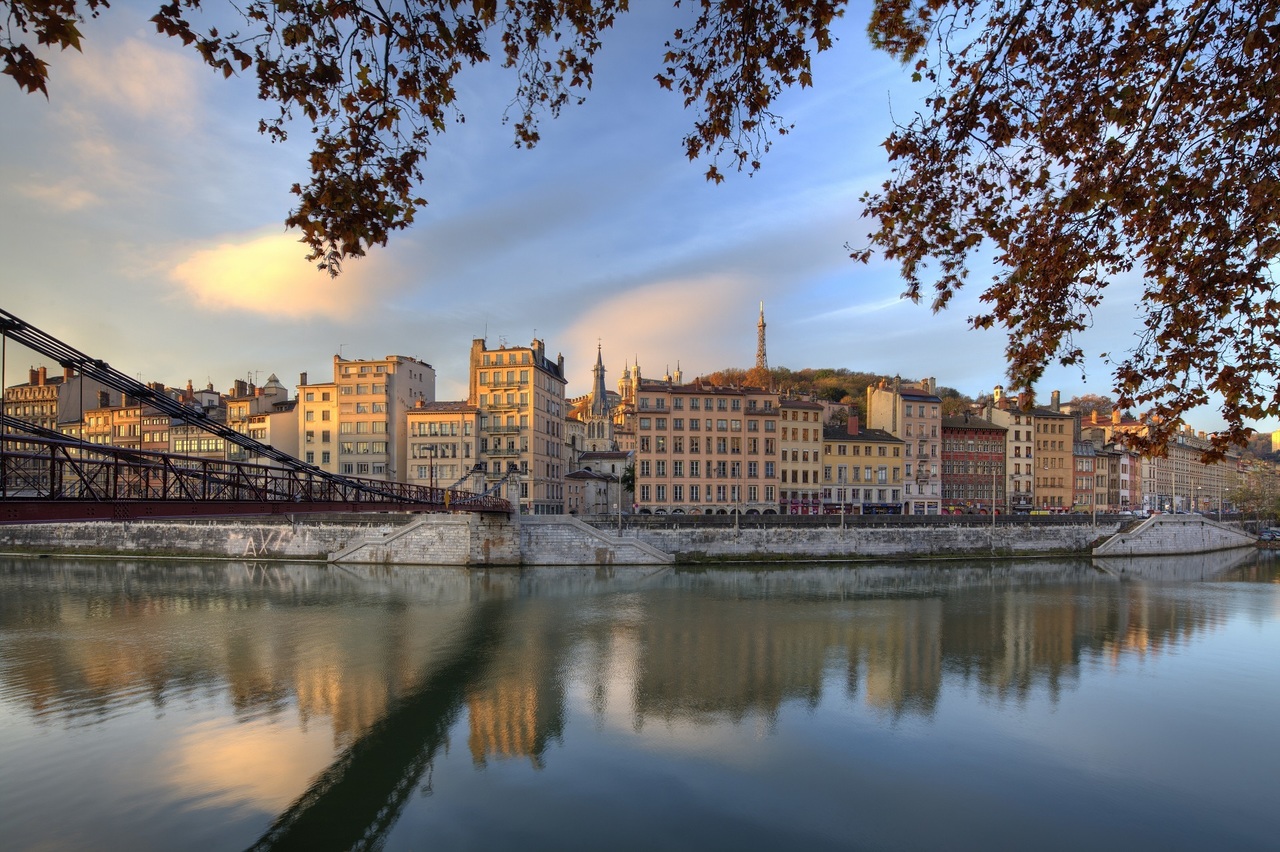
Lyon is the main city of the Rhone department and is in the east-central part of France. You can stop there and enjoy the good things in life. There’s still a lot to do after you’ve spent all your money at the Bouchons Lyonnais (traditional bistros).
A walk along the paths that wind through the Parc des Hauters should be at the top of this list. These will take you to the Notre Dame de Fourviere Basilica. A great view is made up of both the city and the Alps.
You can also check out some interesting areas in Lyon. Presqu’ile, with its restaurants, bars, and clubs, is the center of the city. Croix-Rousse, on the other hand, is famous for its many hidden passages, or traboules. In the end, you’ll reach Vieux Lyon, the historic center of the city with its narrow streets lined with cobblestones, Renaissance buildings, and famous sites such as St. Jean Cathedral and its astronomical clock.
If you want to see a show at the Theatre Romain in the summer, you need to act fast. The building was first built in 15 BC when Lyon was mostly just a small Roman town. Find some of Lyon’s more than 100 outdoor paintings to keep the arts theme going.
Lyon often lights up its most famous landmarks all year long, but the Festival of Lights is an event that happens once a year and includes many parties with candlelight and professional sound and light shows.
4. Gorges du Verdon
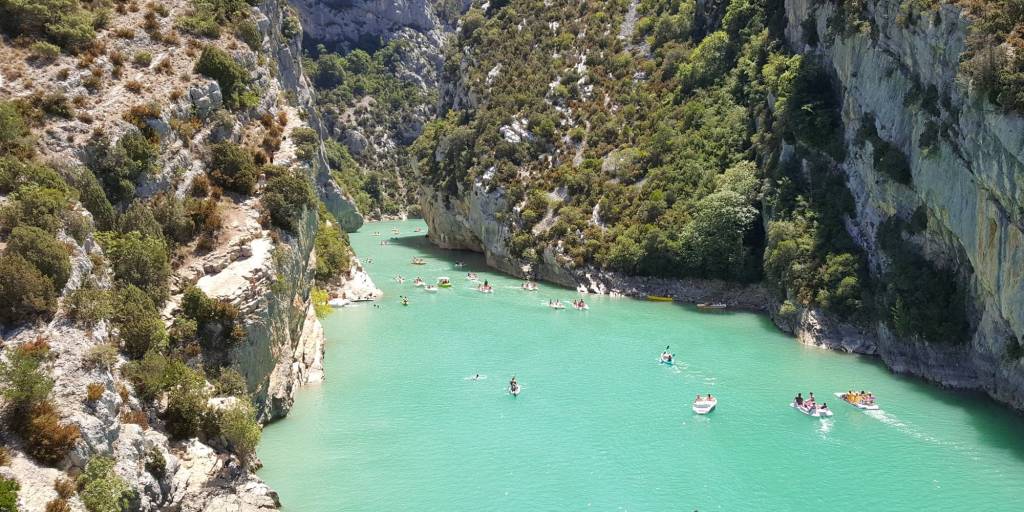
The Gorges du Verdon is not really “the Grand Canyon of France.” Of course, it is. Your trip to France should still include the river, though. Rapidly falling 700 meters, Gorges du Verdon reaches the Verdon River, whose blue water cuts the gorges deeper.
Within its 25-kilometer length, it is the continent’s biggest canyon, offering a wide range of exciting water sports and experiences. The long canyon can be explored by boat, and the tall limestone walls are a sight to behold. Replace the boat with a raft and ride the whitewater rapids if this sounds too peaceful.
To get to some of the best views, you’ll need to walk or even ride a horse. On both sides of the canyon, there are about 100 kilometers of trails with countless viewing spots.
5. Versailles
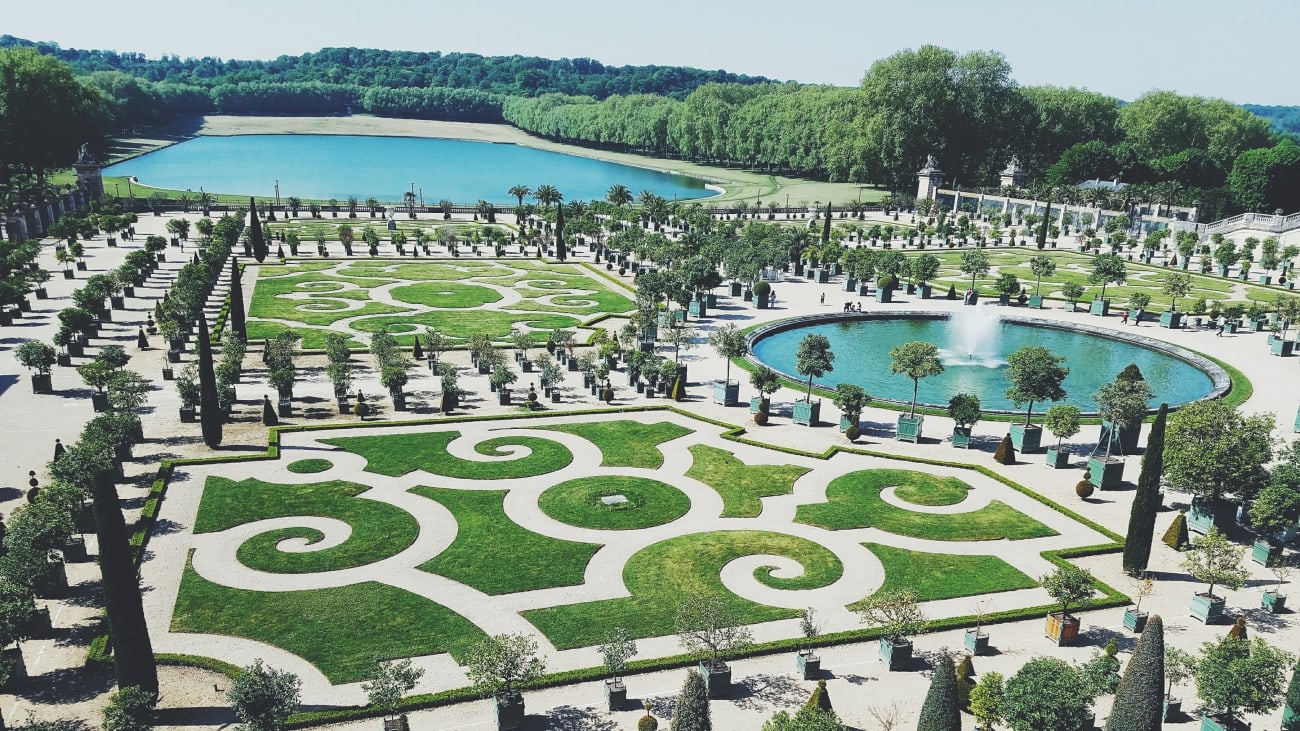
The most famous building in France is second only to the Eiffel Tower: Versailles. Every year, about 15 million people come to see this opulent sign of power and history. When you travel, you have to deal with people sometimes.
You should make the deal because Versailles is worth the time and trouble. The palace was built in the late 1700s and was first used as a fancy retreat for the kings and queens. But it was Louis XIV who moved the court and power from Paris to Versailles when things got worse in France.
You can enjoy the well-kept gardens, the Trianon Estate, and Queen’s Hamlet today if you buy your ticket ahead of time (no waiting in line!). The Hall of Mirrors and the King’s Apartments are in the 2,300-room Main Palace, which is why a visit is well worth it.
6. Marseille
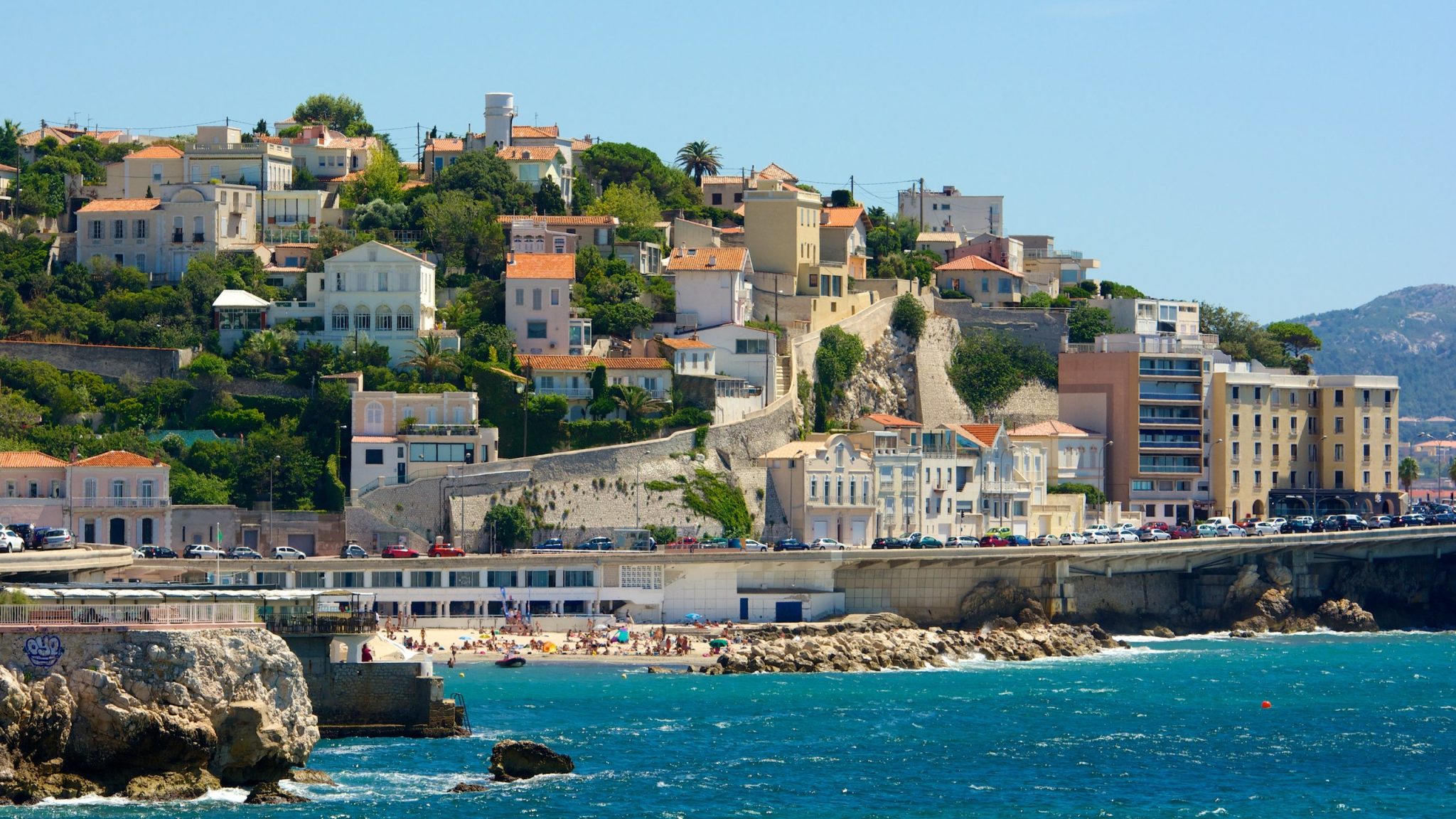
Marseille is one of the oldest cities in Europe and the second biggest city in France. It is also a major Mediterranean seaport located off the southeast coast of France. It used to be a major Greek harbor, and the city still has a classic edge to it. But over time, it has grown into a much more interesting and rich culture.
With its live music, art galleries, and cutting-edge museums, the city is full of creativity these days. Also, its food scene is always getting better.
Vieux Port, Marseille’s old port, is the city’s center. Two historic forts stand tall over this busy harbor, which is lined with shops, cafes, and bars. At the end of the harbor is the Quai des Belges, where people can see ferry boats, expensive yachts, and the daily fish market where fishermen sell their catch.
The Calanques, a group of small bays with stunningly blue water and towering limestone rocks, are one of the best natural sights in Marseille. Fort St. Jean, Le Panier, the Basilique Notre Dame de Garde, and the MuCEM are some other places that you should not miss.
After you’re done with the necessary research, go out to Chateau d’If, which was made immortal by The Count of Monte Cristo. Finally, enjoy a beautiful sunset while eating bouillabaisse.
7. Avignon
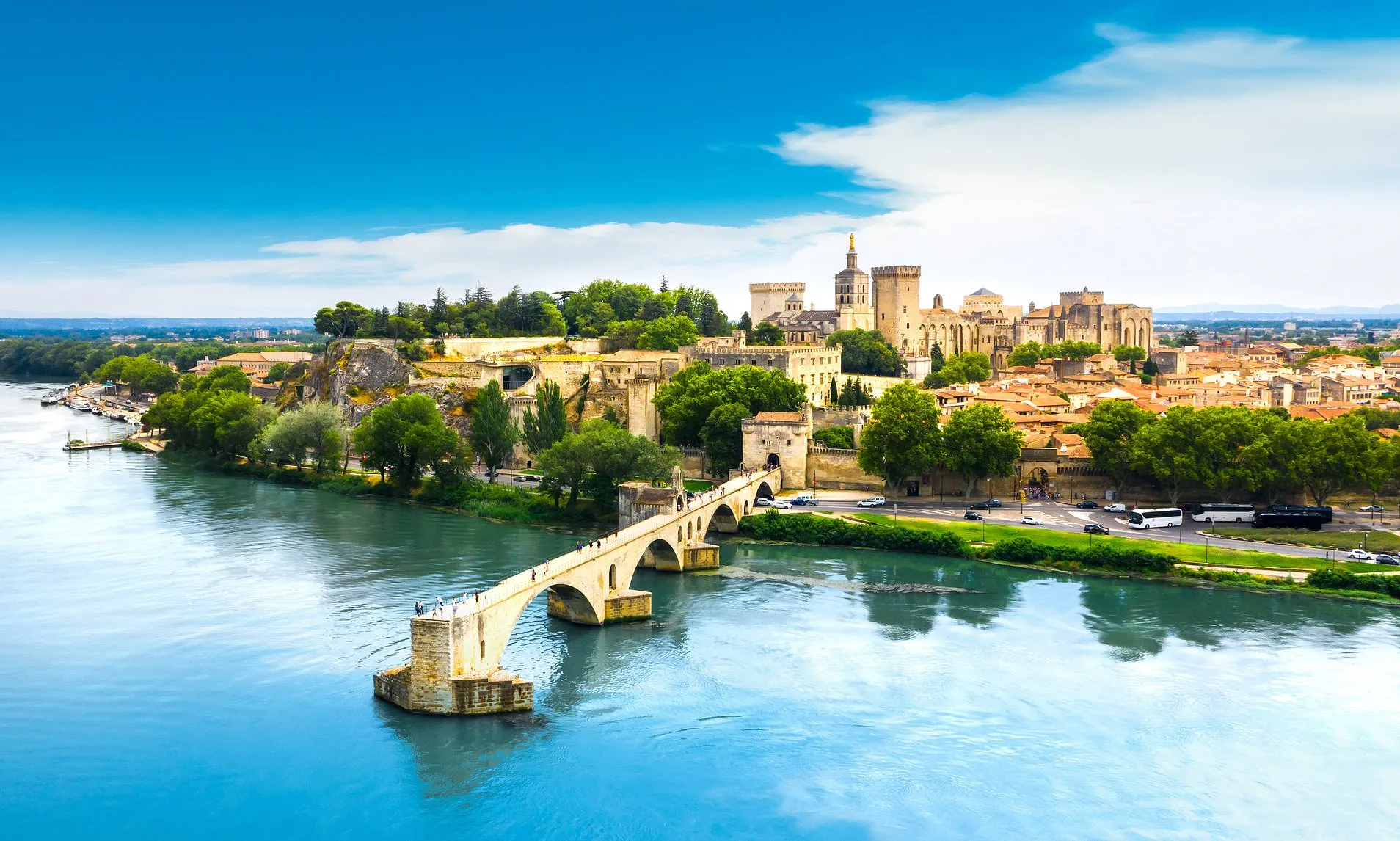
It was once the center of Roman Catholicism, but that only lasted a short time. Over time, the town changed into the culturally rich place it is today. The Pope may not be around anymore, but the canonical building does.
The Palais des Papes, a beautiful fortress and house, is at the center of all of this. It was built to show how powerful the Roman Catholic Church was after it left Rome. It is the largest Gothic house in history. The palace had walls that were three meters thick around it to protect its huge rooms, antechambers, and chapels.
In addition to the palace, Avignon has many Renaissance-era homes and a well-known theater event every year. With the Rhone River running through it, the waterfront is lively, and wine from nearby farms is available.
8. Bordeaux
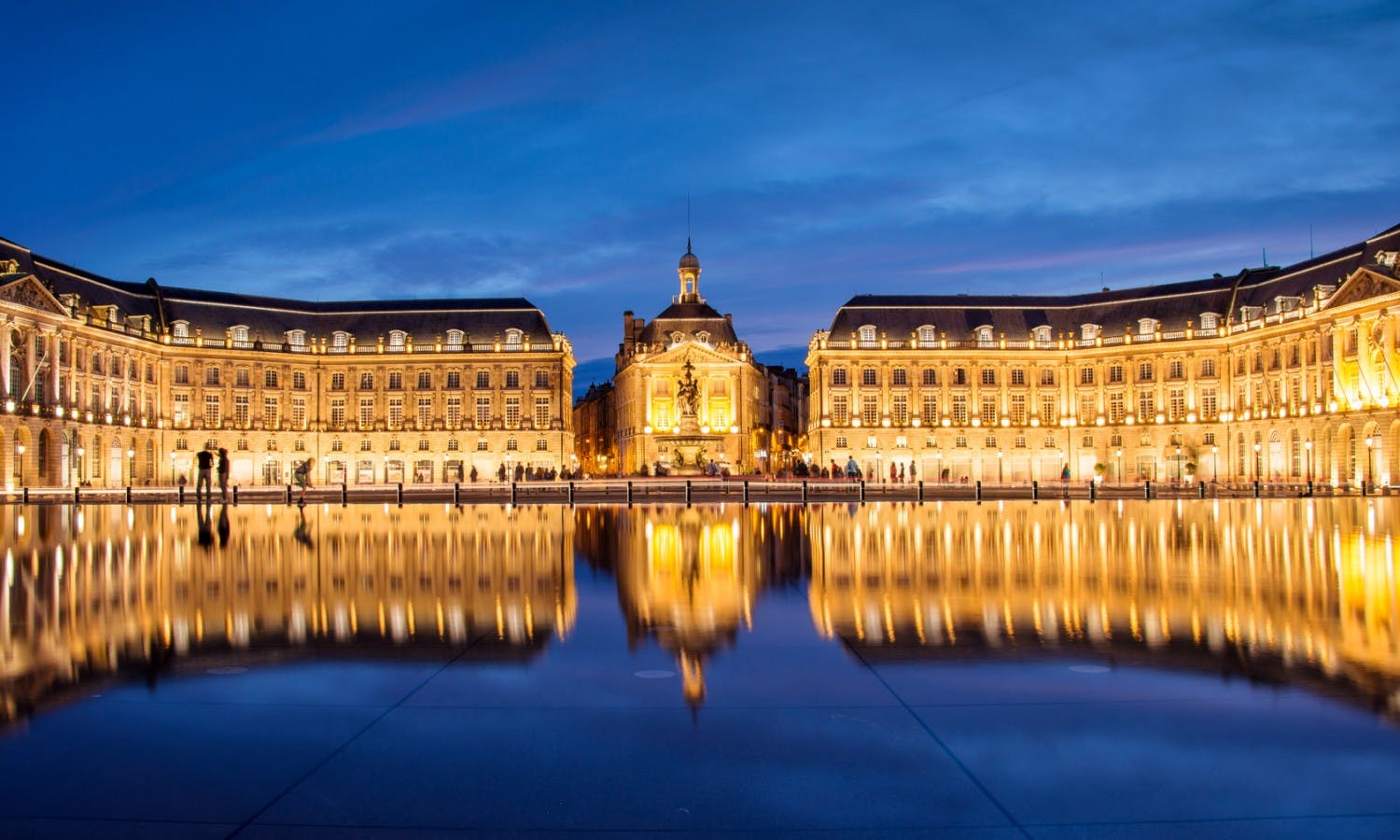
On this list, we’ve included some great wine areas. Even so, Bordeaux is the best of the bunch. Bordeaux has an air of elegance about it since it is the wine capital of the country. Incorporating 18th-century buildings makes this more interesting.
These streets, Place du Parlemant and Saint-Pierre, go right through the middle of town. Streets with stylish shops and places to sit outside in the sun are full of people from all walks of life.
You should check out La Cite du Vin before going to some of the best wineries in the area. There is a beautiful building that houses this museum that tells the story of wine from around Bordeaux. Walk slowly along the River Garonne to get there.
You are now ready to try the special drink from the area. Beau Chateaus are right next to some of Bordeaux’s best wineries, making them the perfect places to taste wine.
9. Lake Annecy
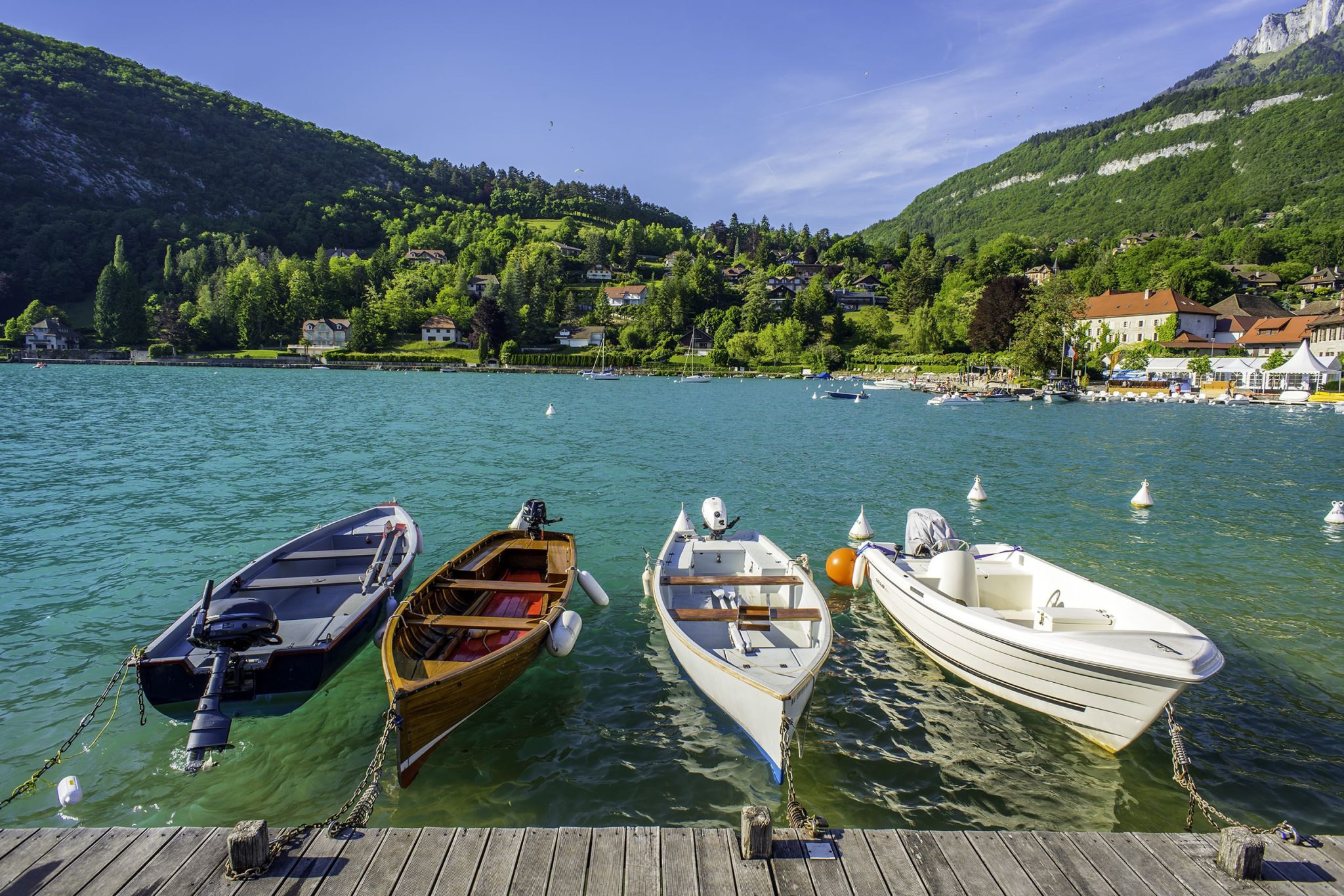
As the most popular ski resort in the French Alps, Chamonix, we think the best views are around the beautiful Lake Annecy. In addition to being one of Europe’s biggest lakes, this one is also said to be the cleanest because it is surrounded by pure high mountains.
During the summer, Lake Annecy is a stunning place to visit. A sapphire-colored gem is surrounded by lush green mountains and the occasional rock outcropping. It gets even clearer as the sun moves across the lake, calling you to jump in.
The lake is so big that you can do more than just swim in it. Kayaking and paddleboarding are popular, and you’ll see a lot of boats sailing around.
The mountains around, including the snow-covered tops of Tournette Mountain, make the views of the water a perfect match. Any trip here should also include a stop in the charming old town of Annecy.
10. Loire Valley
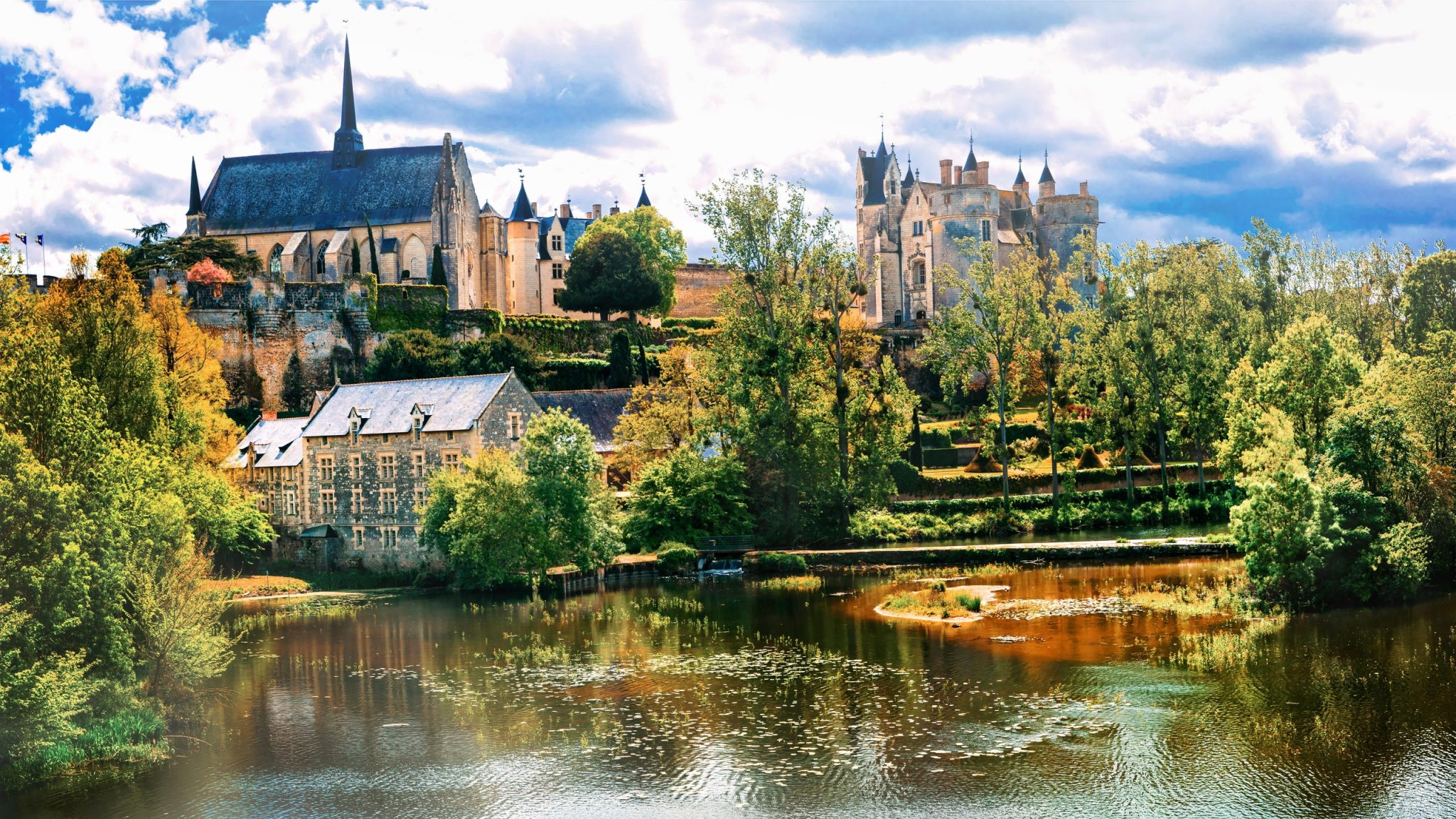
The Loire Valley is the perfect place to experience art de vivre. It is full of castles, medieval towns, and vineyards that go on forever. The Loire River flows smoothly through the valley. It is the last wild river in Europe.
The area is now a UNESCO World Heritage Site because of all of these things. The environment comes to life with the flow of the river, making for stunning views. Something that is only matched by the history-filled society of the area.
The Chateau de Chenonceau is in the middle of this. The Grande Galerie, which runs 60 meters across the Cher River, is a part of the 16th-century masterpiece. In the fall and winter, the sun sets in just the right place so that the light is reflected across the sea. Chambord, Rivau, and Chinon are some other well-known chateaux.
But the Loire River links them all together. It’s over 500 km long and goes from town to town. You can do it all at once or in small chunks. With places to visit like Angers, Amboise, and Nantes, you can’t lose.
FAQ’s
Q1. What are the must-visit places in France?
The 10 featured places include well-known spots like Paris, the Loire Valley, and the French Riviera. Each place has its own distinctive nature, historical, or cultural experience.
Q2. How do I plan an itinerary to visit these places in France?
Start by writing down your goals and interests. To make a well-balanced schedule, think about what each place has to offer, such as historical sites, beautiful scenery, or delicious food.
Q3. Are these places suitable for all types of travelers?
Of course. There is something for everyone at these chosen places, whether you are interested in history, nature, art, or food. Every kind of tourist can find something they like.

